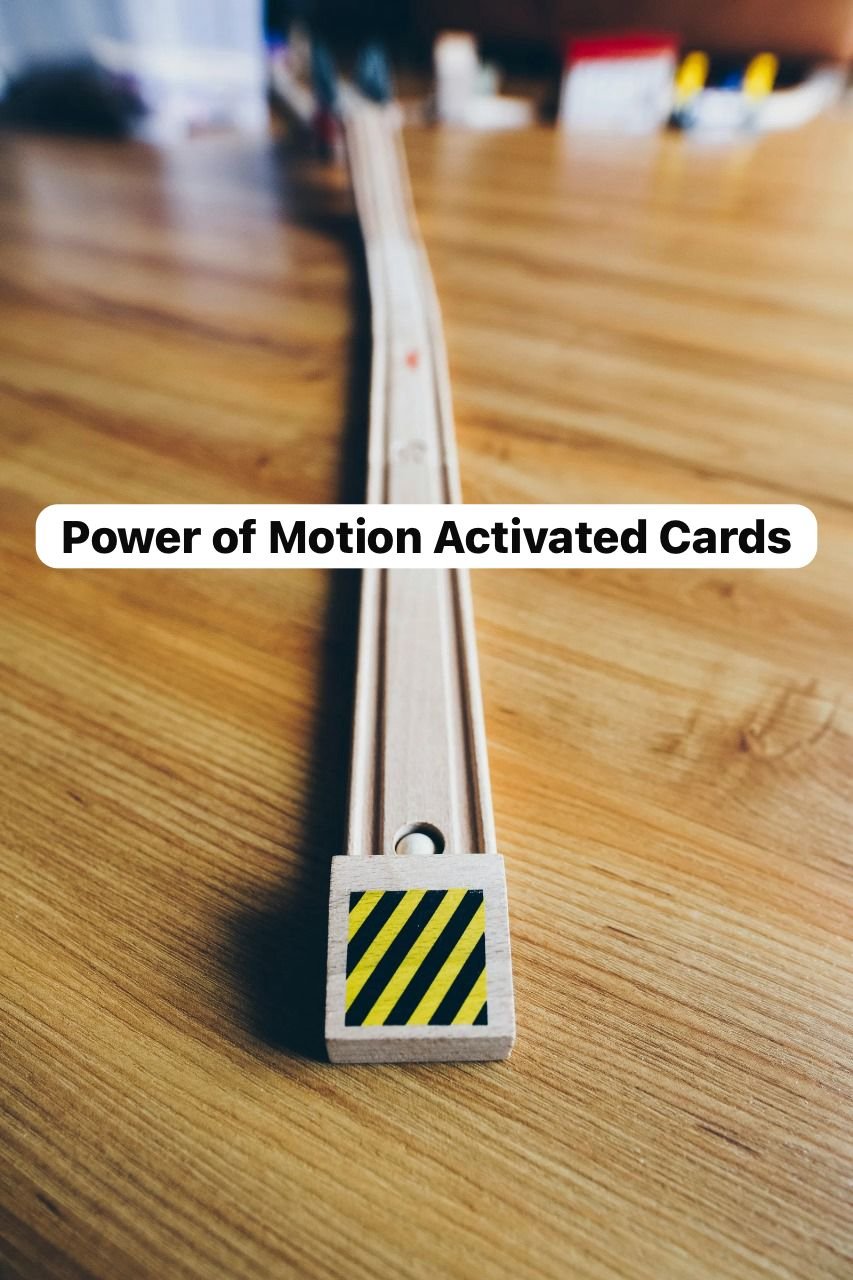Introduction to Motion Activated Cards
Motion activated cards represent a remarkable advancement in the realm of interactive tools, designed to respond dynamically to user movements. These innovative cards embed integrated sensors, allowing them to detect and react to motion. Upon sensing movement, they activate pre-programmed responses which may include visual, audio, or tactile feedback, making the user interaction both immersive and engaging.
The technology behind these cards is sophisticated yet user-friendly. At the heart of motion activated cards are miniature motion sensors, often similar to those used in smartphones and other interactive devices. These sensors pick up changes in the environment, such as hand gestures or shifts in positions, and trigger specific responses based on those inputs. This sophisticated interaction design enhances the user experience by making activities more intuitive and responsive.
In the context of facilitation, particularly in workshops and training sessions, motion activated cards serve a crucial function. They provide a tangible, interactive element that can significantly boost engagement and retention of information.
Advantages of Using Motion Activated Cards in Facilitation
Incorporating motion activated cards into facilitation practices offers numerous advantages that significantly enhance the effectiveness of sessions. One of the most notable benefits is the increased engagement of participants. These innovative cards make sessions more interactive and visually stimulating, which captivates the attention of attendees and fosters a more dynamic learning environment.
Another significant advantage is the improvement in information retention. Experiential learning, facilitated by motion activated cards, has been found to be more effective compared to traditional methods. Engaging multiple senses—visual, auditory, and kinesthetic—through these cards helps to solidify the material in participants’ minds, leading to better recall and application of the information presented. This multisensory approach caters to different learning styles, ensuring that all participants can benefit, regardless of their preferred learning methods.
The ease of use and accessibility of motion activated cards make them suitable for diverse audiences. These cards are designed to be intuitive, allowing facilitators to seamlessly integrate them into their sessions without extensive training.
Practical Applications and Case Studies
Motion activated cards have proven to be a versatile tool in various facilitation settings, offering innovative solutions to common challenges in corporate training, educational workshops, team-building exercises, and brainstorming sessions. These cards leverage motion sensors to engage participants more interactively and dynamically, providing a flexible approach to learning and collaboration.
In corporate training environments, motion activated cards have been utilized to invigorate employee engagement and retention. One notable example is from a multinational corporation that integrated these cards into their leadership development program. By using motion activated cards during role-playing scenarios, participants were able to receive instant, scenario-specific feedback, enhancing their decision-making skills and confidence.
Team-building exercises have gained a fresh perspective with the introduction of motion activated cards. A consulting firm employed these cards in their annual team-building retreat to create a scavenger hunt where clues were revealed through motion detection. This activity not only fostered collaboration and communication among team members but also highlighted the importance of strategic thinking and problem-solving in a fun and engaging manner.
Brainstorming sessions have been enriched by the use of motion activated cards as well. In creative agencies, these cards are used to trigger idea prompts and visual stimuli based on participants’ movements.
Best Practices and Tips for Facilitators
Incorporating motion activated cards into your facilitation sessions can significantly enhance engagement and interactivity. To maximize their effectiveness, begin by meticulously planning and preparing your sessions. Understand the objectives and outcomes you aim to achieve and select motion activated cards that align with these goals. Prior preparation also involves familiarizing yourself with how the cards operate, ensuring you know how to set them up and troubleshoot any issues.
Setting up motion activated cards involves placing them strategically in areas where participants can easily access them. Ensure the environment is conducive to the activation of these cards, avoiding spaces where excessive motion or obstructions can trigger false activations. Test the cards beforehand to confirm functionality and provide a seamless experience for the participants.


Leave a Reply